Rage against the machisme
Extraits

Critique littéraire
Ancient Greek by Its Translators
02/2022
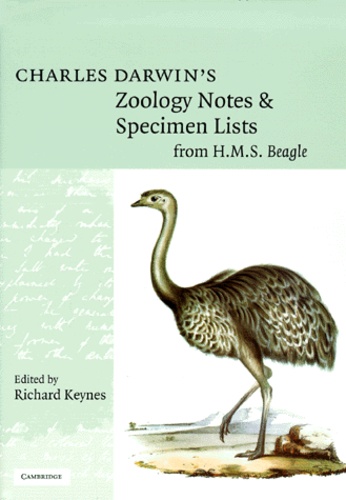
Histoire et Philosophiesophie
Charles Darwin's Zoology Notes & Specimen Lists from H.M.S. Beagle
01/2000

Philosophie
Food and Agricultural Policies under Structural Adjustment
04/1994
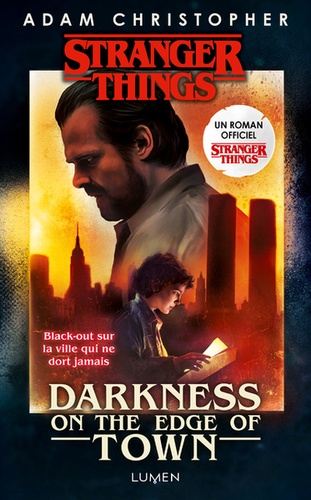
Science-fiction
Stranger Things. Darkness of the Age of Town
06/2019
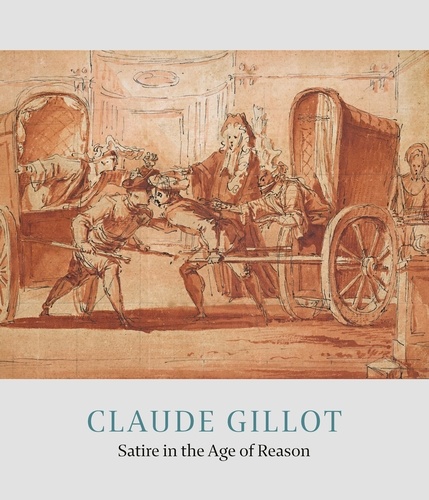
Monographies
Claude Gillot. Satire in the Age of Reason
03/2023
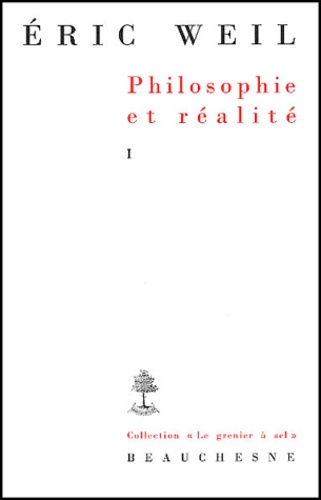
Religion
The Reform of Port Royal
01/1978

Tourisme étranger
Moroccan tracks Volume 11. The sagho djebel
08/2022
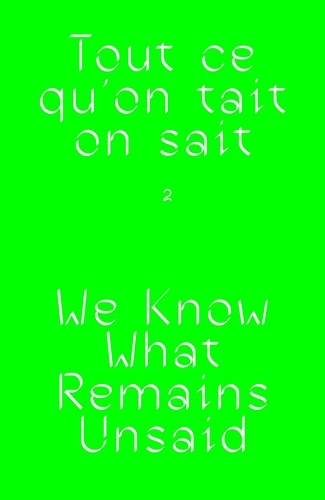
Ecrits sur l'art
Wages For Wages Against – Volume 2. Tout ce qu'on tait on sait
01/2023

Non classé
She’s Leaving Home
06/2011

Littérature française
Titania 2.0. - Version anglaise
03/2016
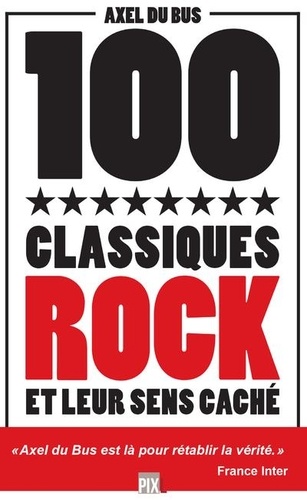
Rock
100 classiques rock et leur sens caché
11/2021
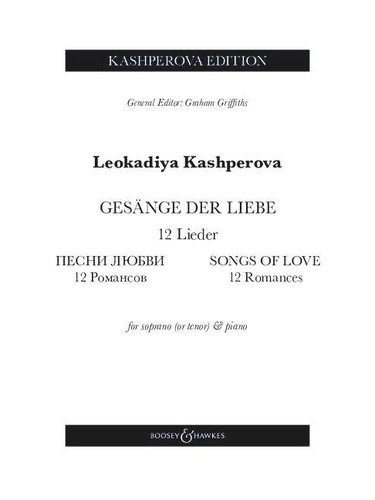
Musique classique
Songs of Love. 12 Romances. 12 Lieder. Soprano (tenor) and piano.
12/2023
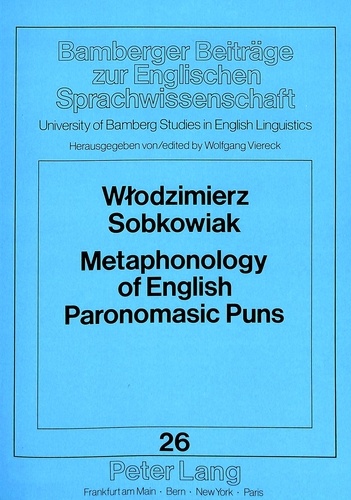
Musique, danse
Metaphonology of English Paronomasic Puns
06/1991

Thèmes photo
The Big Penis Book. The Compact Age of Rigid Tools, Edition français-anglais-allemand
01/2021
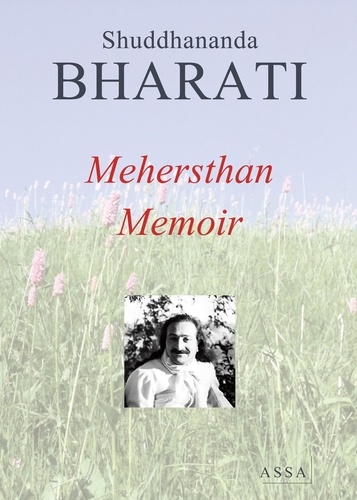
Littérature française
Mehersthan Memoir (Meher Baba)
07/2017

Non classé
The Concept of Man in Igbo Myths
11/1999
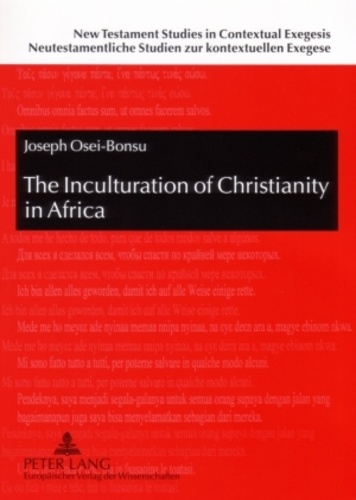
Non classé
The Inculturation of Christianity in Africa
10/2005

Littérature étrangère
Un bon féministe
01/2021
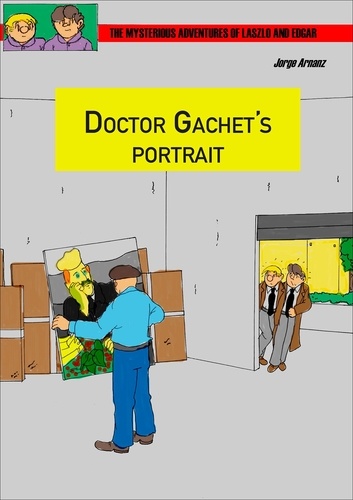
BD tout public
Doctor Gachet's portrait
01/2014

Beaux arts
Drawn to Life. Master Drawings from the Age of Rembrandt in the Peck Collection at the Ackland Art Museum
10/2022

Musique, danse
33 révolutions par minute. Une histoire de la contestation en 33 chansons, Volume 2
10/2012

Policiers
Goebius' Strange Model
01/2020

Littérature française (poches)
L'anticame ou Les exploits de Sir Edwin
09/1997
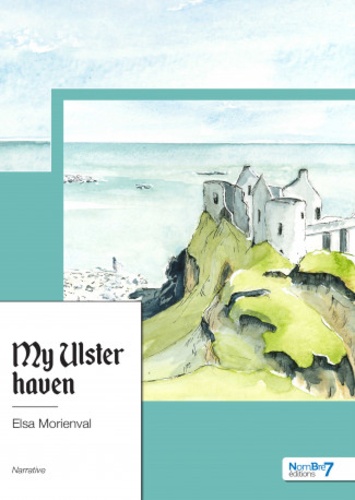
Littérature française
My Ulster haven
02/2022
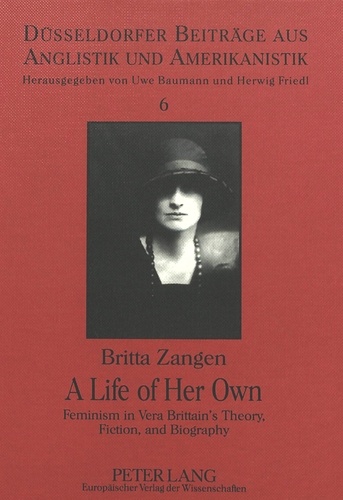
Non classé
A Life of Her Own
11/1996
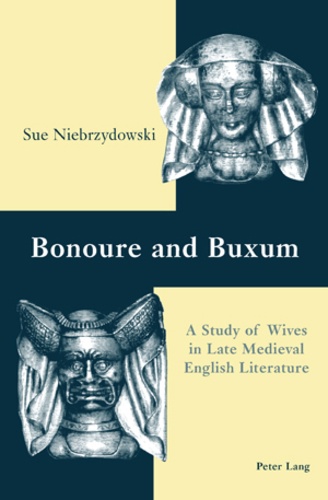
Non classé
Bonoure and Buxum
08/2006
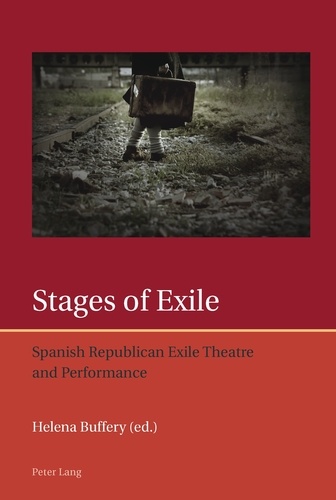
Non classé
Stages of Exile
09/2011

Non classé
«In the Interest of Democracy»
07/2011

Physique, chimie
What is energy?
01/2016

Littérature française
Les inventeurs. Essai
02/2017

